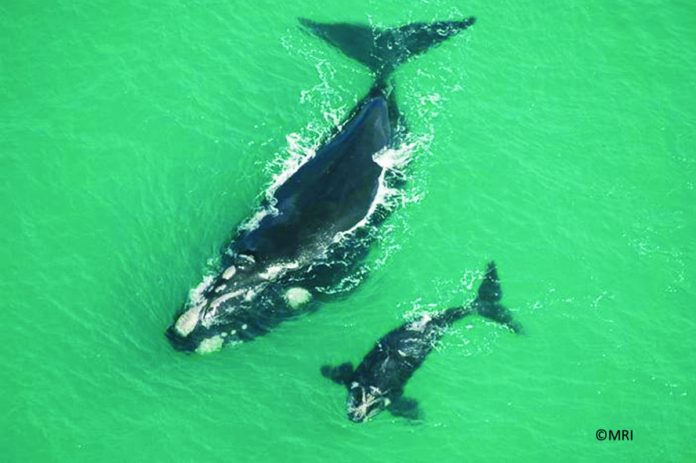
By Fannie W. Shabangu1,2, Tess Gridley1,3, Nigel Coley4
- 1Mammal Research Institute Whale Unit, University of Pretoria
- 2Department of Agriculture, Forestry and Fisheries, Cape Town
- 3Sea Search, Muizenberg
- 4Institute for Maritime Technology, Simon’s Town
Marine mammals such as whales and dolphins are important ecological role players in the marine ecosystem that are vulnerable to different pressures that threaten their mere existence. The successful conservation and management of populations of marine mammals depend on the availability of basic knowledge about their population numbers, distribution and/or migratory patterns (Fig 1), diet, and general behavior in their natural environment.
Conducting such investigations at sea is generally very expensive as research vessels and scientific equipment are pricey and it takes a considerable amount of time to derive conclusive results from such research.
Passive acoustic monitoring or PAM, whereby marine mammals are studied using the naturally occurring sounds they make, is a non-lethal and cost effective way of generating much needed information of those animals that regularly produce sound.
This article shares some of our outstanding experiences from analysing passive acoustic data, collected via an opportunistic hydrophone system (Fig 2) called the “Waterbug” in False Bay, where sounds of marine mammals and the environment were recorded.


















Comments are closed.